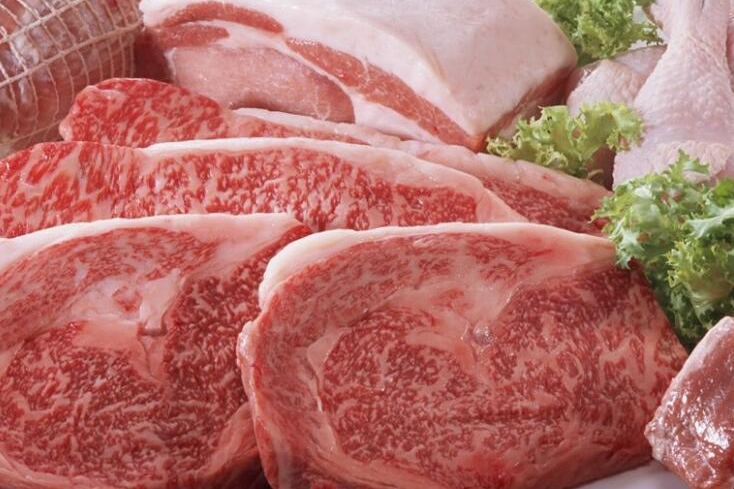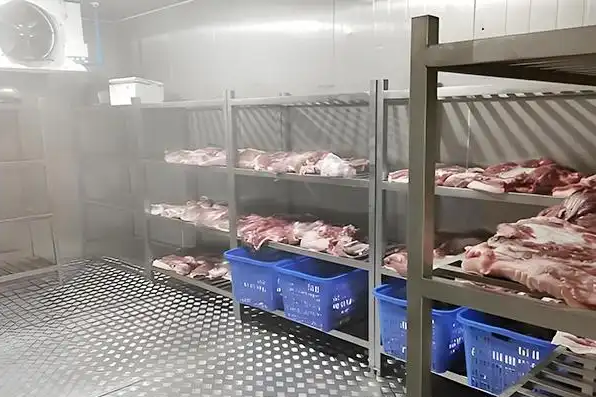Proper cold storage is essential for preserving the freshness and safety of meat products. Unlike fruits and vegetables, meat requires stricter environmental control to prevent spoilage, bacterial growth, and quality degradation.
Below are key guidelines for temperature, humidity, and operational management in meat cold storage facilities.

Recommended Storage Temperatures for Different Types of Meat
Chilled (fresh) meat: 0°C to 5°C (32°F to 41°F)
– Ideal for short-term storage of pork, beef, and poultry.
Standard frozen meat: -18°C to -23°C ( -0.4°F to -9.4°F )
– Suitable for common frozen cuts for longer preservation.
High-value meats (e.g. tuna, premium beef): -45°C to -60°C ( -49°F to -76°F )
– Requires ultra-low temperature freezers for deep freezing and quality retention.
Pre-Cooling Before Storage
Pre-cooling is a crucial step before meat enters cold storage. It quickly reduces the internal temperature of the product, extending shelf life and reducing bacterial activity.
Common pre-cooling methods include:
Forced-air cooling
Cold water immersion
Vacuum cooling
Natural ventilation
After pre-cooling, products should immediately be moved into low-temperature storage to avoid temperature rebound.
Temperature Fluctuation Control
Due to equipment cycles and door operation, the internal temperature of a cold room may fluctuate. However, it’s essential to minimize these fluctuations to maintain meat quality.
Daily temperature variance should not exceed ±1°C (±1.8°F).
During peak loading/unloading, the 24-hour temperature increase should not exceed 4°C (7.2°F).
Cold rooms should be well insulated and tightly sealed to prevent energy loss and maintain stability.

Meat cold storage real shot
Humidity Management in Cold Storage
Cold rooms often experience low humidity due to frost formation on evaporator coils.
If humidity is too low, meat surfaces may dry out and lose weight.
Solutions include:
Installing misting or humidification systems
Using larger evaporator surfaces to reduce frosting
Adding dehumidifiers when humidity is too high due to frequent door opening
Recommended relative humidity for meat storage is typically around 85–95%.
Storage Practices and Hygiene Tips
Segregation: Store strongly odorous or sensitive meat (e.g. seafood, organ meat) in dedicated chambers to prevent cross-contamination.
FIFO system: Follow the “First In, First Out” rule to avoid over-aged inventory.
Cleanliness: Only fresh, uncontaminated products should enter the freezer. Spoiled meat must not be stored.
Door sealing: Keep cold room doors tightly closed and avoid unnecessary opening.
Gradual temperature adjustment: When removing meat from deep-freeze, allow for gradual warming to avoid condensation.
If you’re planning to build or upgrade a meat cold storage facility, our team provides customized design and export solutions tailored to your requirements.
👉 Contact us today for consultation or a free quote!
 Китай провайдер хранения холодного хранения
Китай провайдер хранения холодного хранения
